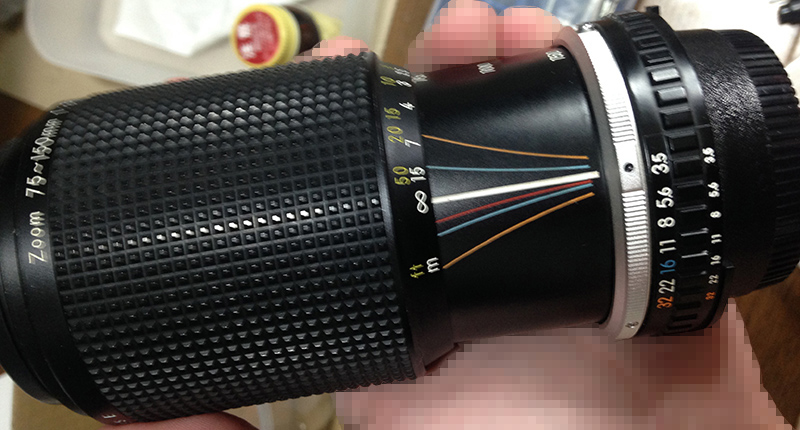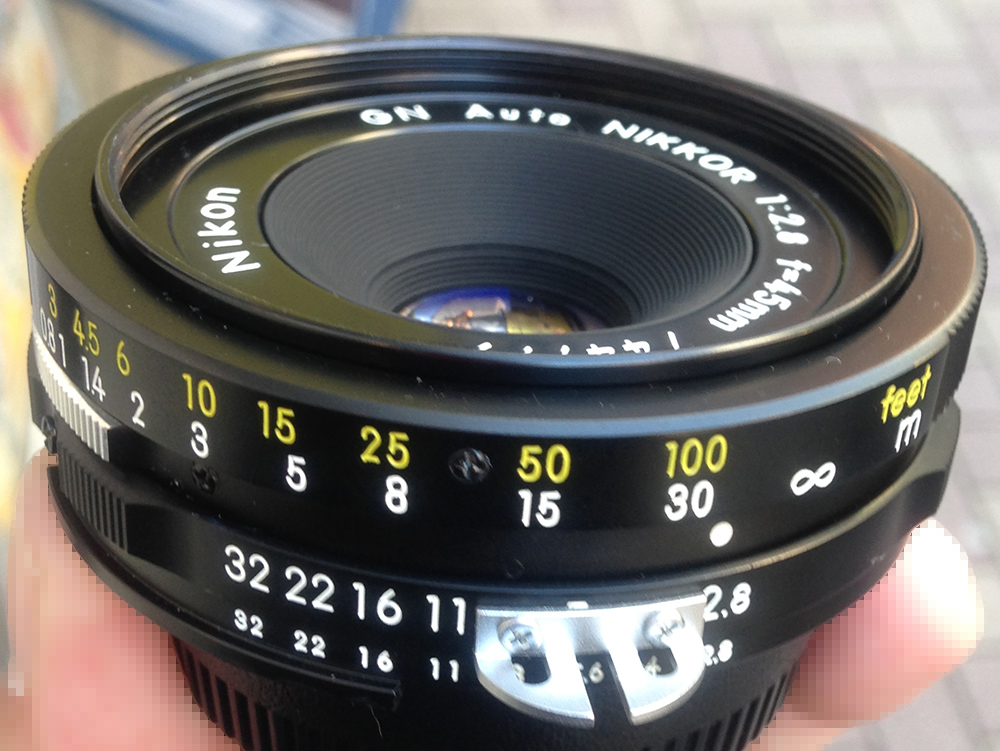Hello, everybody! I was a bit busy with a wedding yesterday as photographer#2 so I did not have the time to prepare for a complete article. I decided to write something else instead. It dawned to me that in order to keep this blog alive, I should not post a repair article every week because I will quickly run out of items to write about! A balance has to be struck so I will write filler posts like this in between the repair articles. I hope that you don’t mind.
Introduction:
I have some people ask me about how to deal with fungus. This is also a niche topic that is not commonly discussed and even if you have found some information it is usually vague or false, so you will have to do your own tests. For this reason, I will share with you my fungus removal techniques. This is something that I have been doing to any lens that I bought that has fungus. It has worked so far and the lenses stay clean and clear.

Fungus in a lens is something that all photographers try to avoid as much as possible. It’s something that is impossible to avoid because fungus spores are everywhere, from the air we breath to every surface that we touch. The only way to keep this from happening is to not provide them any chance to germinate by depriving them of nutrients and other essentials for them to thrive.
More


